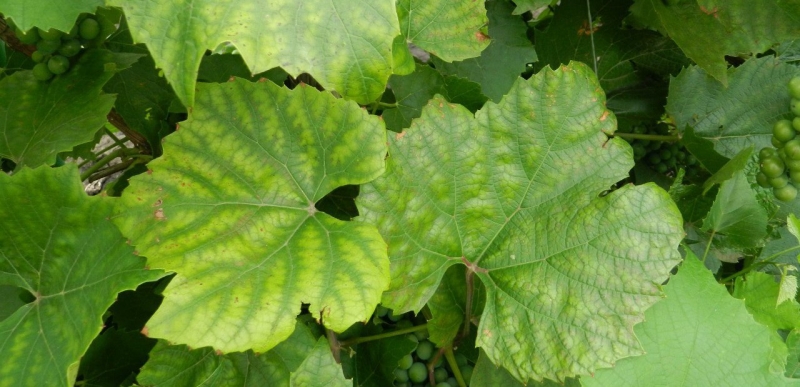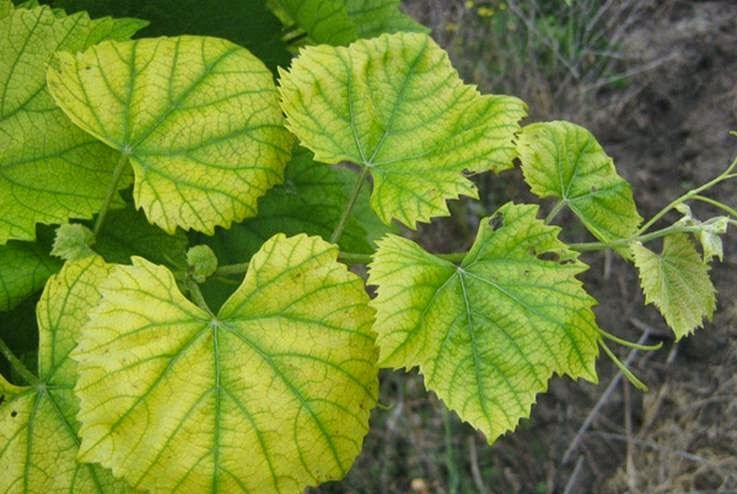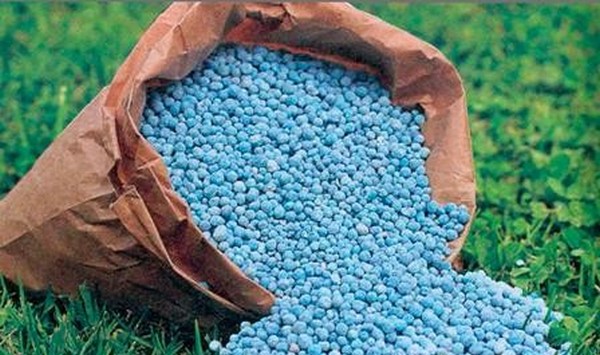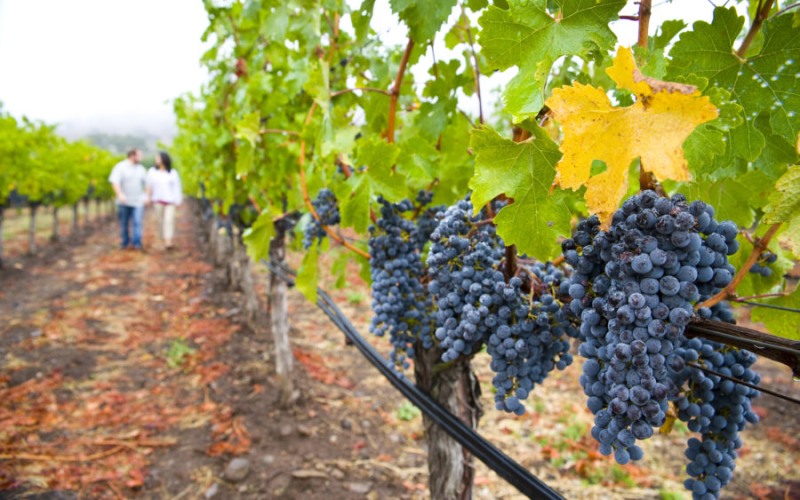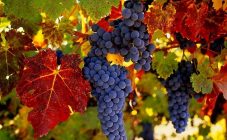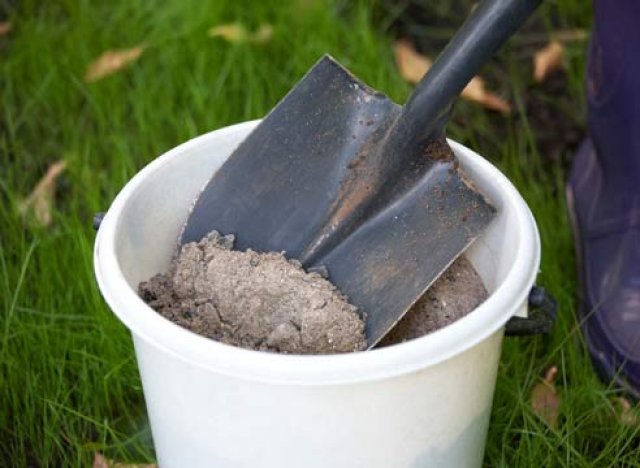Content:
Viticulture is a rather painstaking work that requires certain knowledge and skills. Grapes are a plant that requires the grower's attention to themselves. The culture can be infected with a fairly large list of diseases, the consequences of which will be not only the loss of the crop, but also the death of the bush. One of the worst troubles for grape culture is chlorosis. How to treat chlorosis of grape leaves and what kind of disease it is - the topic of the article.
General description of the disease
Photosynthesis is a fundamental component of the existence of all flora. The process takes place in green cells called chlorophyll. But sometimes, when the ground supply is disturbed or an infection is affected, the formation of chlorophyll slows down. Consequence - the leaves completely or partially lose their color, become yellow or completely discolor. This disease is called chlorosis.
Against the background of a deficiency of nutrients, photosynthesis slows down, which leads to a complete or partial loss of yield, the bush slows down its growth and may soon die. It is almost pointless to fight advanced forms of chlorosis, as a rule, whole vineyards die.
Fighting a disease is a complex process that encompasses a whole range of medical procedures.
There are two forms of pathology - infectious and non-infectious.
Non-infectious chlorosis
Disease symptoms:
- The most characteristic sign of chlorosis on a grape bush is the formation of spots on the leaves (the color can be yellow, bright lemon, cream).
- If left idle, as the disease progresses, the leaves will dry out and fall off.
- Formation of a short node.
- Underdeveloped shoots.
- Bunches of peas are noted.
It is quite simple to identify a non-infectious type of the disease - moisten the affected leaf with a solution of copper or iron sulfate. After 24 hours, the treated areas will return to green.
Reasons for development:
- Iron deficiency. As a rule, it is observed at an increased concentration of lime in the soil. Increased alkalinity prevents the plant from receiving iron in the form it needs.
- Accumulation of hydrogen sulfide in the ground. Quite often, this pathology affects the grape bushes growing on heavy and impenetrable lands, especially in rainy and cold weather.
Consequences of the disease: against the background of photosynthesis dysfunction, a general weakening of the culture is observed. As a result, the peas of the bunches occur, the fruits do not ripen. Weakened plants are not able to overwinter, they die.
Infectious chlorosis
The infectious type of the disease has an alternative name - yellow mosaic.
Signs of pathology:
- Symptoms are expressed in spring, yellow spots or stripes along the veins form on the leaves.
- With the arrival of hot weather, the leaves return their color, but the foci of the disease become discolored.
Unlike the non-infectious form of the disease, the yellow mosaic also affects the veins of the leaf plates.
Reasons for defeat:
- Infection through the stock is possible.
- Carriers of infection are nematodes - larvae and worms.
The consequences are similar - the inaction of the agronomist inevitably leads to the death of the bush. Infectious chlorosis is poorly treatable; in case of infection, it is recommended to remove the affected areas and burn.
Chlorosis grape treatment
Before proceeding with the treatment of pathology, it is necessary to determine the nature of its origin. A characteristic feature of infectious chlorosis is a change in the color of the leaf plate along with the veins.
It is extremely difficult to overcome the infectious type of the disease. Such grapes are irrigated with chemicals - insecticides (available in specialized stores). It is much easier to cure a non-infectious form of pathology. The most effective remedy in this case is iron vitriol or preparations containing it.
To compensate for the deficiency of iron in the soil, it is recommended to use iron vitriol or preparations with it in the composition. It makes up for the lack of a chemical element. Iron vitriol has a powdery form, it must be diluted with water before use. For 150 g of powder, at least 10 liters of water are required. To achieve the desired result, pour 3-5 liters of solution under each bush.
As an alternative, vines and leaves can be irrigated with iron salts. If the agronomist uses drugs that contain the specified substance, all the recommendations that are described in the attached instructions for use must be strictly followed. Such preparations are more effective than a solution of copper sulfate, but their cost is also higher.
It is advisable to process the vineyard at weekly intervals. Sometimes, a small amount of ascorbic or citric acid is added to a solution of iron or copper sulfate.
It is also worth adding that with the help of this substance it is possible to fight a fairly extensive list of fungal diseases. It is also a good top dressing for grapes, even if the plant is healthy.
As analogues for the treatment of non-infectious chlorosis are:
- sulphuric acid;
- iron chelates;
- ammonium sulfate;
- iron sulfate.
Additionally used as fertilizers:
- magnesium;
- potassium sulfate;
- zinc;
- boron;
- manganese.
Agrotechnical measures
Many agronomists underestimate the importance of agricultural technology in the fight against various diseases, including chlorosis.
Agrotechnical measures necessary to combat chlorosis:
- Growing crops in light and well-ventilated soil.
- Regular work to improve air and water permeability.
- An obligatory component of care is soil mulching.
- As a preventive measure, it will not hurt to regularly drain the soil.
It is advisable to carry out shallow tillage on soils that are obviously prone to non-infectious chlorosis.
Prevention measures
Every agronomist should know that it is easier to prevent diseases than to cure. Effective preventive measures to prevent the development of chlorosis:
- Choose grape varieties based on the characteristics of the soil on which they will grow. With an increased concentration of alkali in the soil, one should not give preference to such varieties as Rupestris, Berlandieri, Riparia.
- Particular attention should be paid to good air permeability and water permeability of the soil. When moisture stagnates, drainage must be provided; in this case, crushed stone, pipes and slag are used.
- It is not recommended to fertilize alkaline soils with rotted and ordinary manure.This organic fertilizer contains bacteria that help dissolve lime. It is better to use compost or peat instead of humus.
- As a preventive measure, when growing grape bushes on heavy soils nearby, it is recommended to plant a clover-cereal mixture or alfalfa.
- Fertilizers such as ammonium sulfate and superphosphate should not be used on alkaline soil. It is recommended to give preference to potash fertilizers.
All means are good in the fight against disease. In case of defeat, it is necessary to do everything possible to protect the vines from death. There are effective traditional and folk recipes, the most effective of which are described above. And also, do not forget about effective preventive measures that will protect plants and provide the agronomist with a large amount of high-quality harvest.
